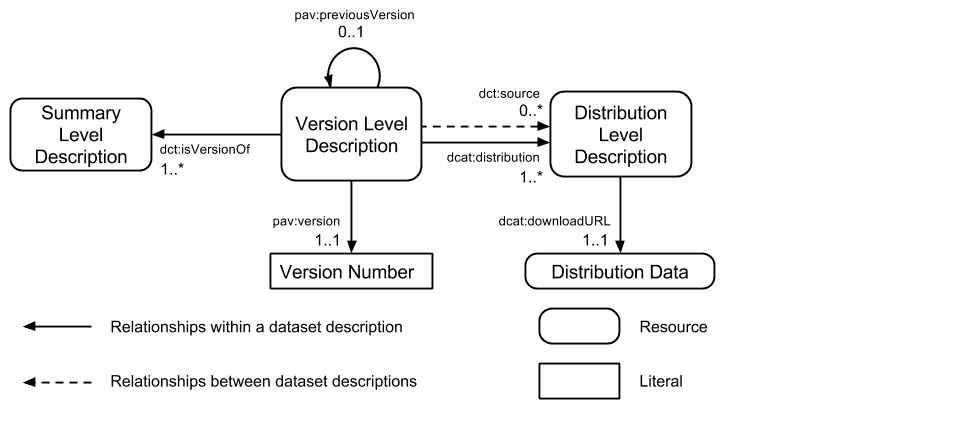It has now been almost two months since ISWC 2016 where I was the Resources Track chair with Marta Sabou. This has given me time to reflect on the conference, in between a hectic schedule of project meetings, workshops, conferences, and a PhD viva.
The most enjoyable part of the conference for me was the CoLD Workshop Debate on the State of Linked Data. The workshop organisers had arranged for six prominent proponents of the Linked Data to argue that we have failed and that Linked Data will die away.
- Ruben Verborgh argued that Linked Data will be destroyed by the need to centralise data, poor infrastructure, and the research community. (Aside: There was certainly concern on the final point as there were only three females in the room.)
- Axel Polleres took the moto, “Let’s make RDF great again!” Axel’s central argument was around the fact that most open data is actually published in CSV format and lots can be achieved with 3* open data.
- Paul Groth argued that we should be concentrating on making our data processable by machines. What we currently have is a format that is aimed at both but satisfies neither.
- Chris Bizer covered cost incentives. While there is an incentive to provide some basic schema markup on pages, i.e. getting picked up by search engines, there is no financial incentive to provide the links to other resources. My take on this is that there is a disincentive as it would take traffic away from your (eCommerce) site and therefore lose you revenue.
- Avi Bernstein then did a fantastic impression of a Wee Free minister and telling us that we had all sinned and were following the wrong path; all fire and brimstone.
- Juan Reutter argued that we needed to provide a workable ecosystem.
So the question is, has the Linked Data community failed? I think the debate highlighted that the community had made many contributions in a short space of time but that it is time to get this into the main stream. Perhaps our community is not the best for doing the required sales job, but we have had some success, e.g. EBI RDF platform, Open PHACTS Drug Discovery Platform, BBC Olympic Web Site.
The main conference was underpinned by three fantastic and varied keynotes. First was Kathleen McKeown who gave us insights into the extraction of knowledge from different forms of text. Second was Christian Bizer who’s main message was that we as a community need to take structured data in whatever form it comes; just like search engines have exploited metadata and page structure for a long time. Finally was Hiroaki Kitano from the Sony Corporation. This has got to be the densest keynote I have ever heard with more ideas per minute than a dance tune has beats. His challenge to the community was that we should aim to have an AI system win a scientific nobel prize by 2050. The system should develop a hypothesis, test it, and generate a ground breaking conclusion worthy of the prize.
There were many great and varied talks during the conference. It really is worth looking through the programme to find those of interest to you (all the papers are linked and available). As ever the poster and demo session, advertised in the minute madness session, demonstrated the breadth and cutting edge work going on in the community. As did the lightning talk session.
The final day of the conference was particularly weird for me. As the chair of a session I ended up sharing a bottle of fine Italian wine with a presenter during his talk, it would have been rude not to; and experiencing an earthquake during a presentation on an ontology for modelling the soil beneath our cities, in particular the causes of damage to that soil.
The conference afforded some opportunities for fun as well. A few of the organising committee managed to get visit the k-computer; the worlds fifth fastest super-computer which is cooled with water. The computer was revealed in a very James Bond, “Now I’m going to have to kill you!” reveal of the evil enemy’s master plan. There was also a highly entertaining Samurai sword fighting demonstration during the conference banquet.
During the conference, my Facebook feed was filled with exclamations about the complexity of the toilets. Following the conference, it was filled with exclamations of returning to lands of uncivilised toilets. Make of this what you will.

